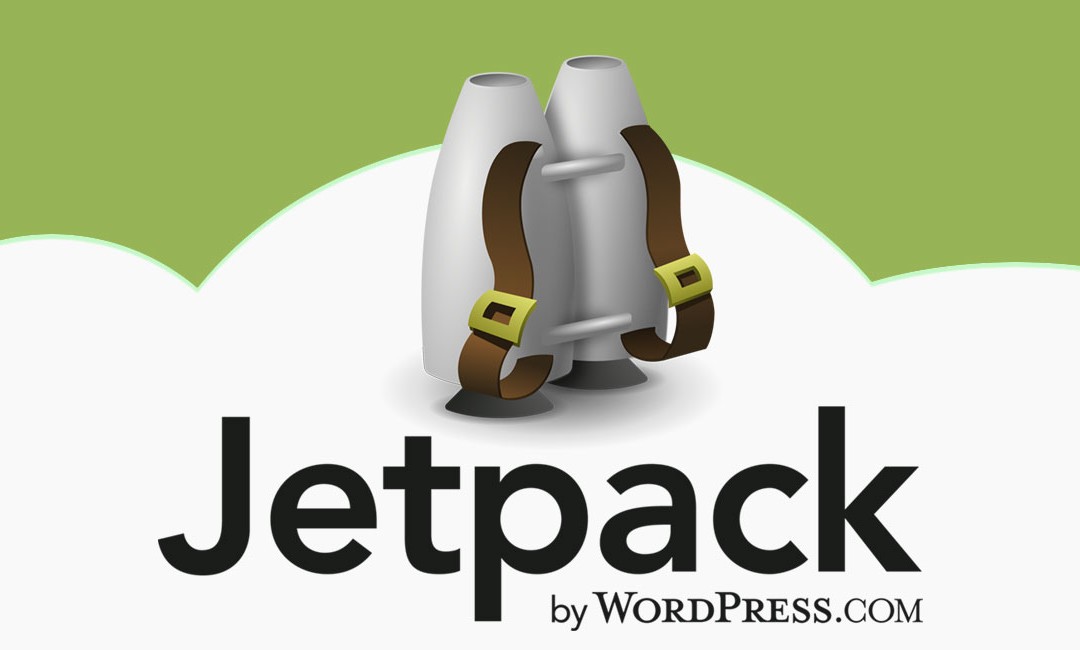
How to Manage All of Your WordPress Sites Connected with Jetpack From a Single Location
One of the best things about the Jetpack plugin is that it brings some of the coolest features from WordPress.com — the hosted blogging platform powered by the same people behind WordPress — to all the -self-hosted sites. With the release of Jetpack version 3.3, things just got a whole lot easier.
If you manage multiple WordPress websites, and you use Jetpack on all of them, you can now take advantage of your WordPress.com account and manage (yes, manage) all of them from a central location.
Meet the New WordPress.com Dashboard

As you can see in the screenshot above, it's not just letting you create and manage posts on all of your Jetpack-connected WordPress sites, but also manage plugins, themes and other settings from a single page. I run a number of self-hosted WordPress sites and I just gave it a go. I have to say, it's not just brilliant, it's super fast, intuitive, and something I've been waiting for a long time.
The new post editor was rolled out to WordPress.com users some time ago. I use WordPress.com regularly so I've been a fan of that fast and intuitive editor. But now that Jetpack 3.3 has been released, you can use that post editor for all of your WordPress sites. The new editor is incredibly well-built. You've got to try this.


If you are using Jetpack on your site, you can now log in and update your plugin to version 3.3. After successful update, you will see a notice identical to the screenshot below. Simply click Activate and all of your site's settings and configurations will be accessible from WordPress.com dashboard.

Go to WordPress.com/posts and you'll see a list of all recently published posts from all of your Jetpack-connected WordPress sites. You can also click the Switch Site from the top left and manage plugins, themes and other settings for those individual sites.
In WordPress.com/plugins, you can activate/deactivate plugins on a site-by-site basis, or enable automatic update for plugins so that you do not have to manually update them each time an update is available. On large production site, this may not be a good idea as sometimes new plugin releases can be incompatible or conflicting and cause issues. But it's nice to have this feature to be able to update, or enable automatic update for all of your sites without having to log in to each of those sites.

The best part is, you can enjoy all of these great features right from your mobile or tablet device!
So, if you run multiple WordPress sites and have enabled Jetpack on them (I highly recommend that you do), it's time to update the plugin to 3.3 and also make sure the JSON API feature is activated in Jetpack and the Allow remote actions setting is checked. Then head over to WordPress.com/posts, log in with the WordPress.com account you used to connect Jetpack, and enjoy the central hub of all of your WordPress sites!
There have been some third party apps that provide this feature such as ManageWP and InfiniteWP. However, this Jetpack-powered central hub is created by the same people who created WordPress and WordPress.com, and to top it all, it's free! How long have you been waiting for something like this?